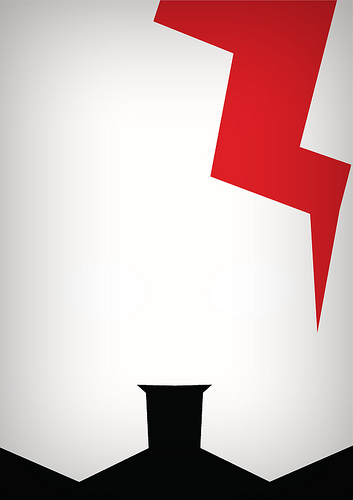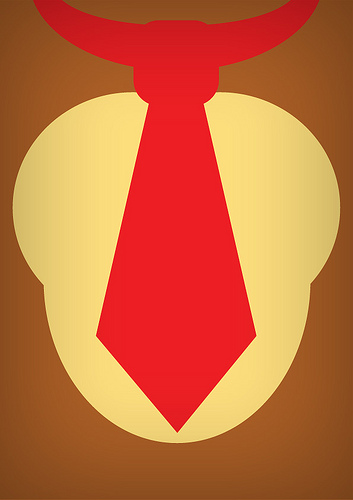Question: what’s the most memorable character for you, and why?
For character-driven stories it may make sense to think about the character style first and build a world around it.

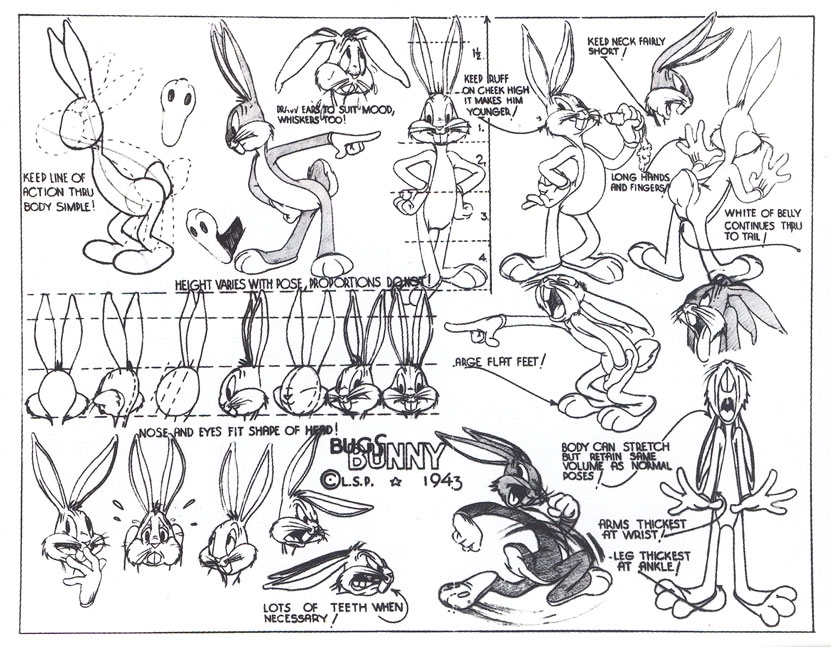

 Gudetama, the Sanrio character embodying laziness and burnout, become unexpectedly relatable to millenials.
Gudetama, the Sanrio character embodying laziness and burnout, become unexpectedly relatable to millenials.One note character appropriate for toys and gadgets, not so much for long form narrative.
Pay attention to the basic shapes that form your character, and what they suggest about their personality and behavior.


Pay attention to the silhouette, especially for game characters. Is it well defined and instantly recognizable?

Iconic characters can be reduced to very simple shapes.
In action videogames silhouette recognizability is important to reduce the cognitive load of the player, but even outside of games try to see if your characters “read” as silhouette.
Posture and shape can do a lot to convey the character personality.

 In creating cartoon characters you’ll have to deal with cliches and stereotypes.
In creating cartoon characters you’ll have to deal with cliches and stereotypes.
The exaggeration of features risks reinscribing traditional notions of gender but there is plenty of room to play and subvert expectations.
On cuteness
Cute and stylized designs are not a modern phenomenon

Cute characterization seems to appeal to people across generations and cultures
Infantile features trigger nurturing response in humans (evolutionary thing to make us care for our offspring) which spills over other species and representations.
Cuteness is not the end goal nor the default, see it as a tool, don’t limit your range.

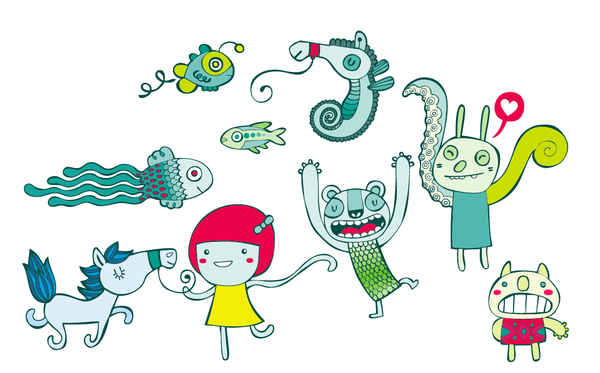
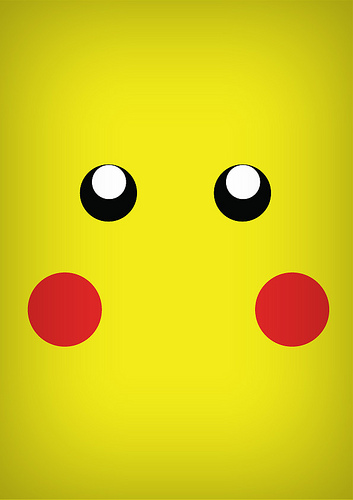 What are the features that makes your character instantly recognizable?
What are the features that makes your character instantly recognizable?
Narrative games aside, game characters are defined by their actions and states


The proportions of the main character in Braid were dictated by the platforming gameplay. In cognitive terms, the player has less work to do to calculate the movements of a short squareish object.


In short animations, characters may have specific built-in affordances. They are designed to perform certain actions:
This happens more frequently in videogames, where characters are defined by what they can do and the actions they perform are limited.
 Gris – animation-first, and special “mood abilities” expressed through shapes
Gris – animation-first, and special “mood abilities” expressed through shapes
Character design as level design:
Game designers often need to communicate threats, goals and roles without going through narrative character establishments. To do so often “effectively” recur to problematic strategies such as stereotypes and stock characters: zombies, princesses in distress etc..

We’ll talk about the problem with women representation in games in a few weeks

Playable characters in games tend to be overwhelmingly white and male. When there’s “diversity” it reflects the overwhelmingly white male and conservative composition of the game industry today.
Ethnic and racial stereotypes are a common (lazy) characterization for fighting games.

Transposing elements from existing cultures in fantasy settings can also be debatable. The Na’vi in Avatar are the ultimate embodiment of the Noble Savage. The struggle between good and civilized humans and vicious and primitive Horde in World of Warcraft has colonialist undertones. The Horde has totems, tents, face paint, Trolls even have a Jamaican accent.
And other videos from the Tropes vs Videogames series
Exercise:
What are the distinctive visual features of your character(s)? How do you immediately recognize the among similar designs?
The features must be recognizable from the particular view in the game. Can you cosplay as your main character?



